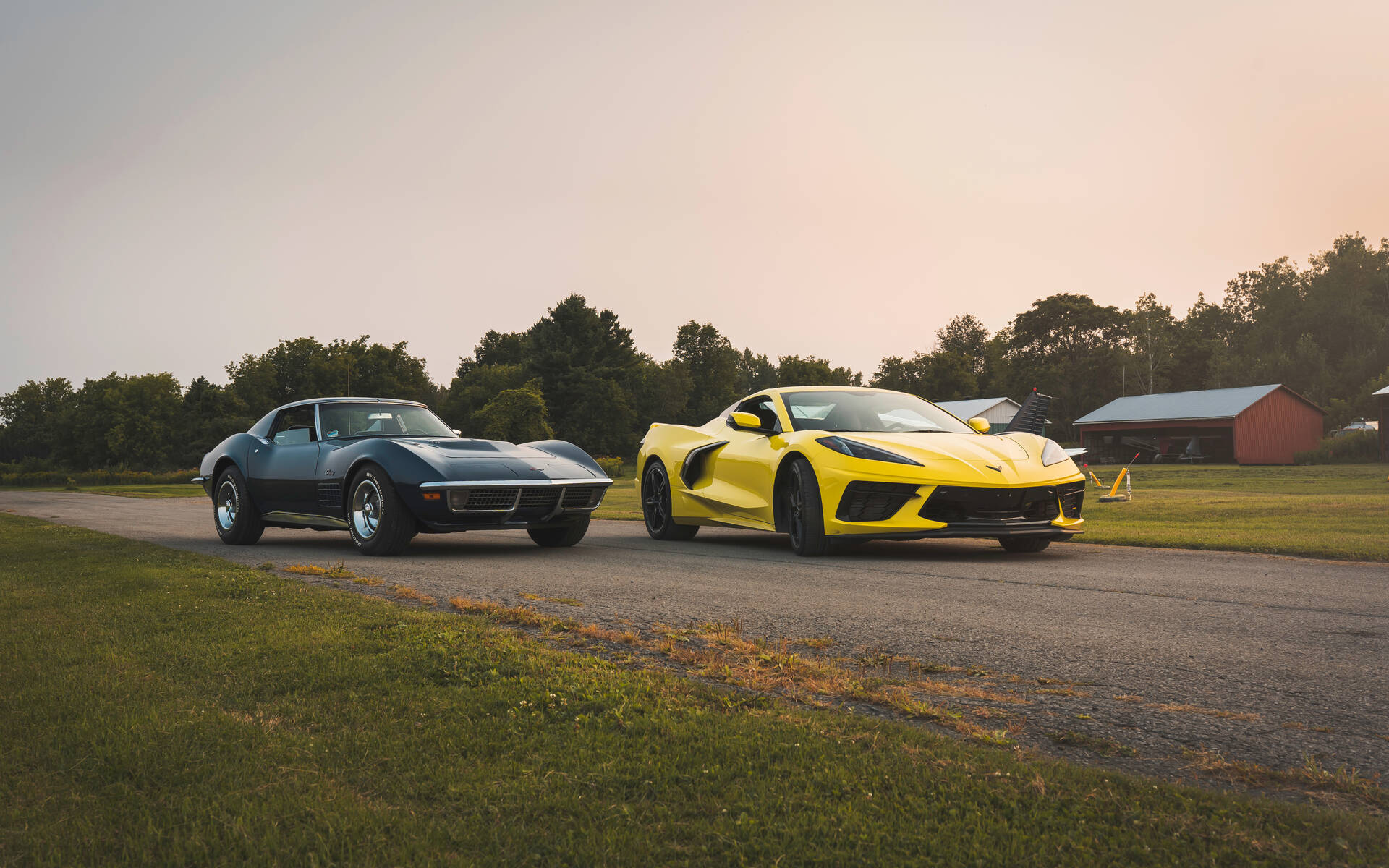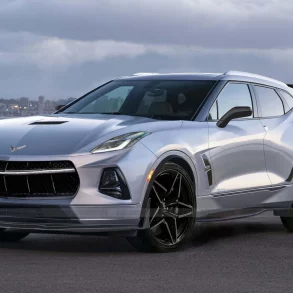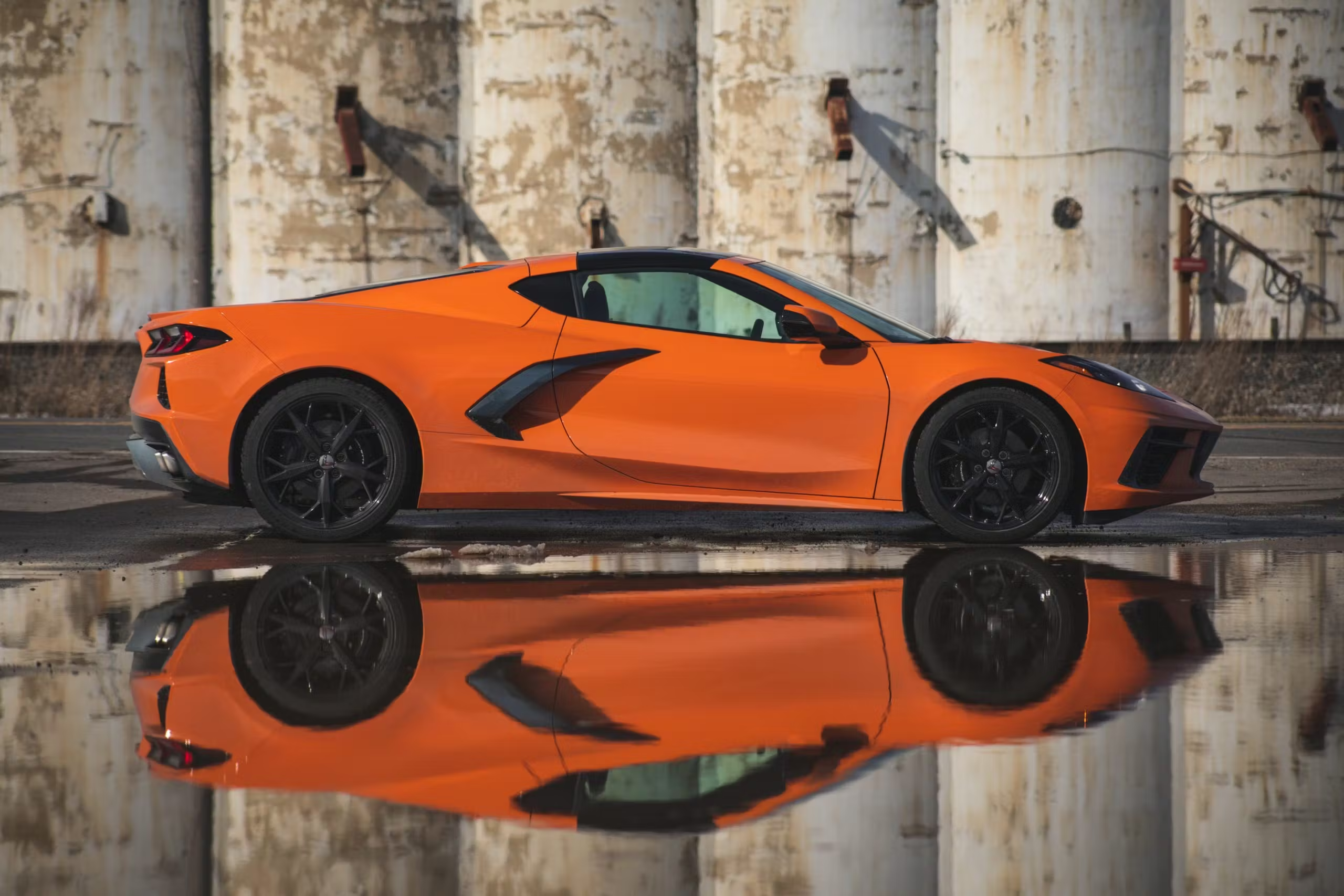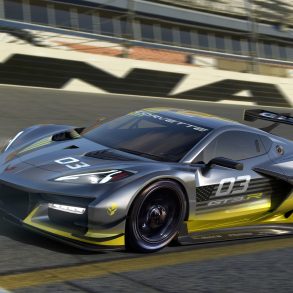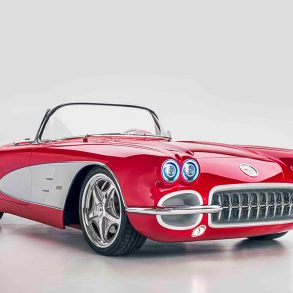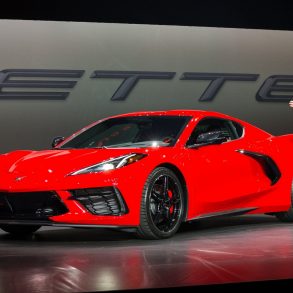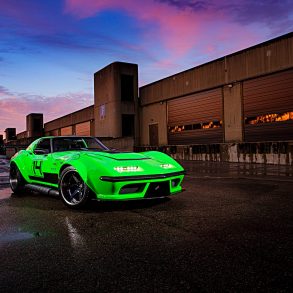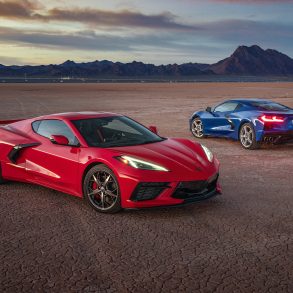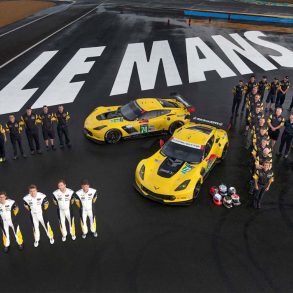In July 2024, Chevrolet peeled back the covers of the latest C8 Corvette iteration, the 2025 Corvette ZR1. The supercar kicked off a new chapter in the Corvette’s enduring legacy – one that dates back seven decades. The first Corvette had its public debut in 1953, then as a General Motors Motorama show car.
Since then, the Corvette has gone on to write its story as an enduring symbol of American automotive excellence. Its distinctive design language has evolved over the years, with certain elements that have helped the Corvette’s iconic status.
The first-generation Corvette was known for its innovative fibreglass body, while the split-rear window was arguably one of the hallmarks of the ’60s era Corvette. Every generation of the Corvette has had its differentiating touches; however, there are also styling cues that connect the different models and run through every generation.
‘Each generation of Corvette shares some common elements which create a consistent Corvette theme that is expressive, distinctly American, artful, and passionate,’ said Tom Peters, ex-GM Design Chief.
As the Corvette gets set for a new chapter in its storied journey with the introduction of the 2025 Corvette ZR1, we check out some of the signature design elements that have helped shape the Corvette’s remarkable 70-year legacy.
Split-Window
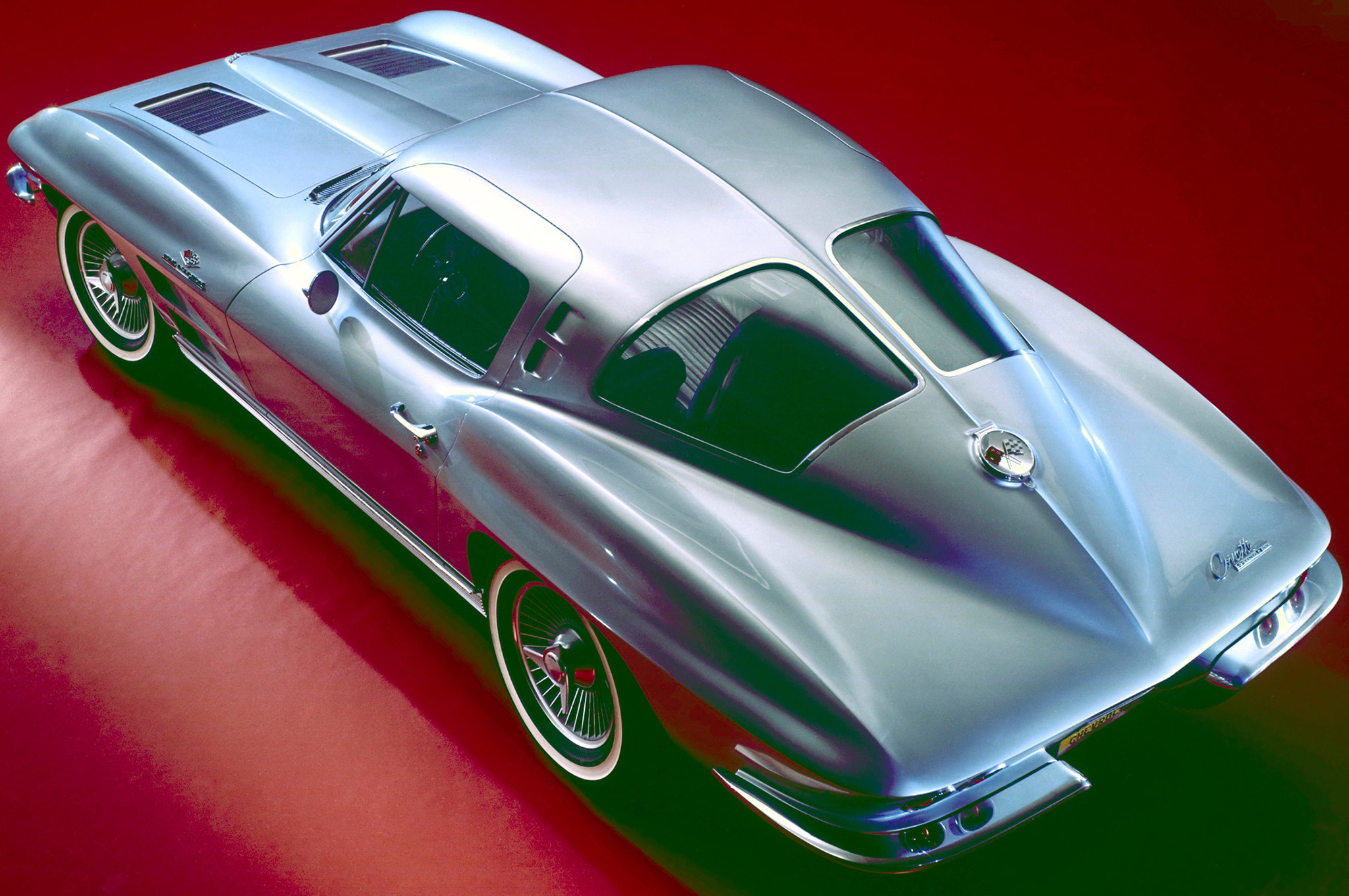
The split-window design is one of the most recognizable features of the classic-era Corvettes. Interestingly, it only appeared in the 1963 model year Corvette, which was also the first time the Corvette was available with a coupe body style. There are a few stories connected to the origins of the split-window design. Some people believe it was influenced by the work of legendary GM designer Bill Mitchell. Others claim GM execs mimicked the style of a 1937 Adler Trumpf Rennlimousine, a German car with the same split-window design. Ironically, the split window was not well received by the public at the time. The center pillar hampered rear visibility, and this quickly became a safety concern. After a single year of production, Chevrolet scrapped the split rear-window design in favour of the more conventional single back glass in 1964. It’s a different story today – the rarity of the split-window Corvette makes it one of the most desirable classic Corvette collectibles. What’s more? The split-window design has made a return, in some form, on the 2025 Chevrolet Corvette ZR1.
Driver-Centric Interior Layout
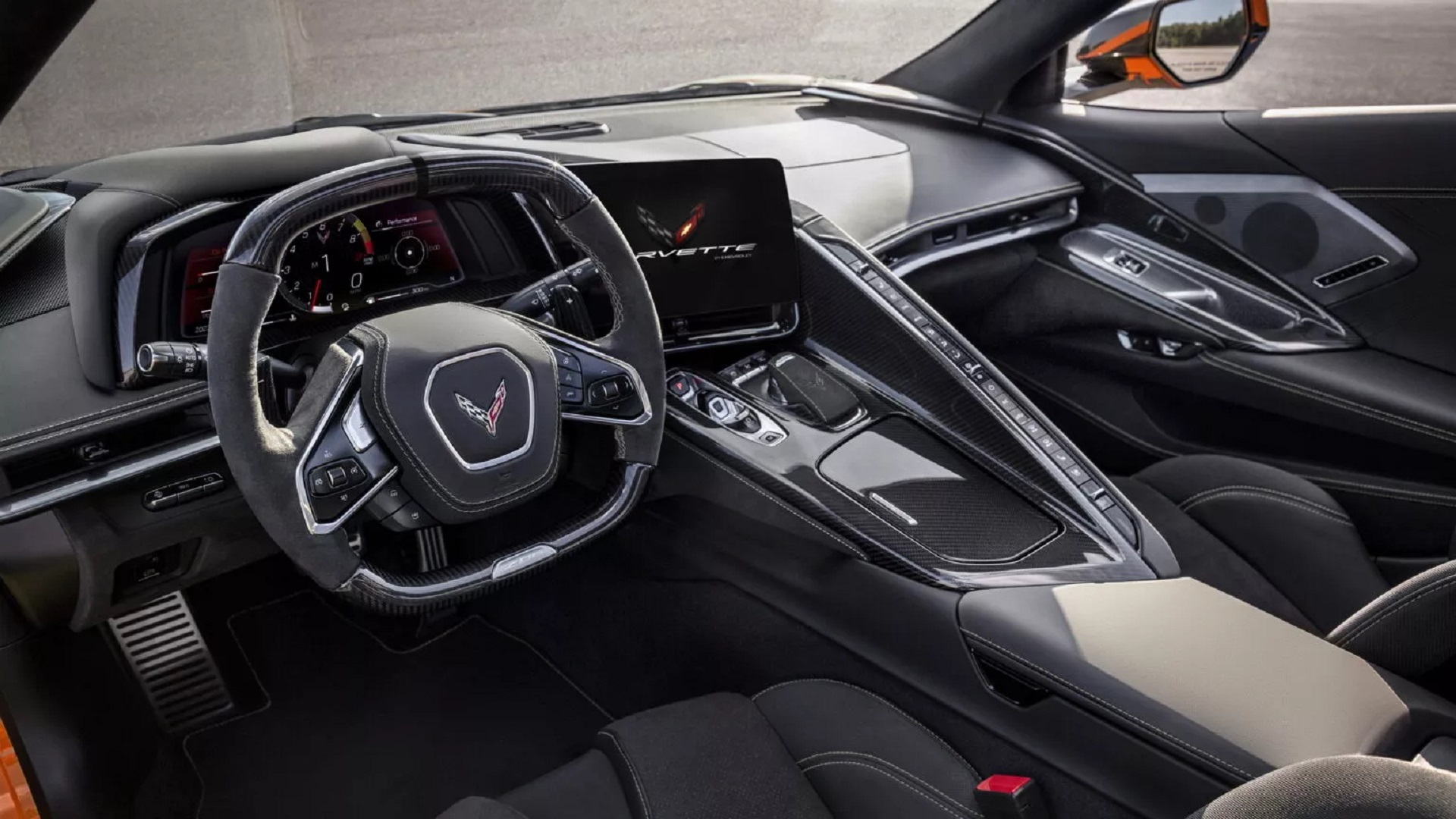
The interior layout of the Corvette is a deliberate styling feature that has been a hallmark of the sports car for decades. Inspired by fighter aircraft, this design philosophy emphasizes a driver-centric arrangement, with instruments and controls clustered around the driver for quick and intuitive access. The styling concept, quickly evident in the car’s interior, creates a sense of unity and focus, allowing the driver to feel connected to the machine as it is being pushed to its performance limits. It remains a central feature in modern Corvettes. There have been a few tweaks, but the focus remains on the driver.
Cockpit Architecture
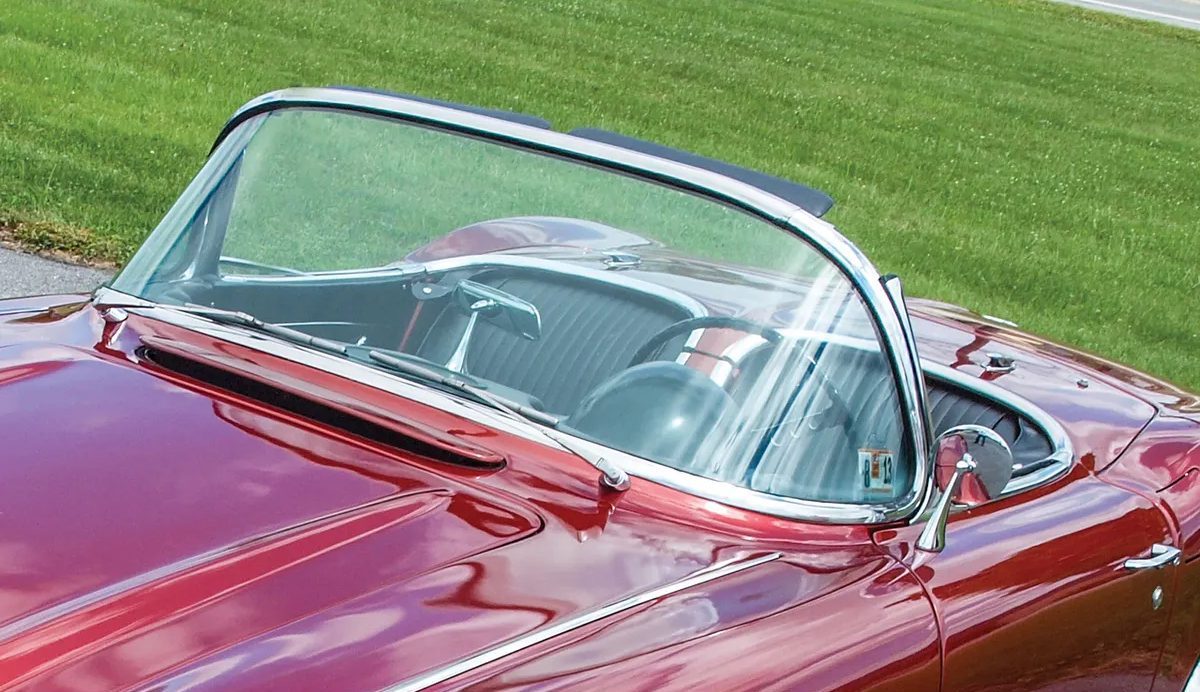
Another homage to fighter aircraft is seen in the Corvette’s cockpit architecture. The wraparound design is a deliberate attempt to capture the sports car’s aggressive and performance-oriented nature. Introduced in the ’50s and early ’60s, around the time when Americans were obsessed with space flight, the low, wraparound design immediately evoked images of speed and agility.
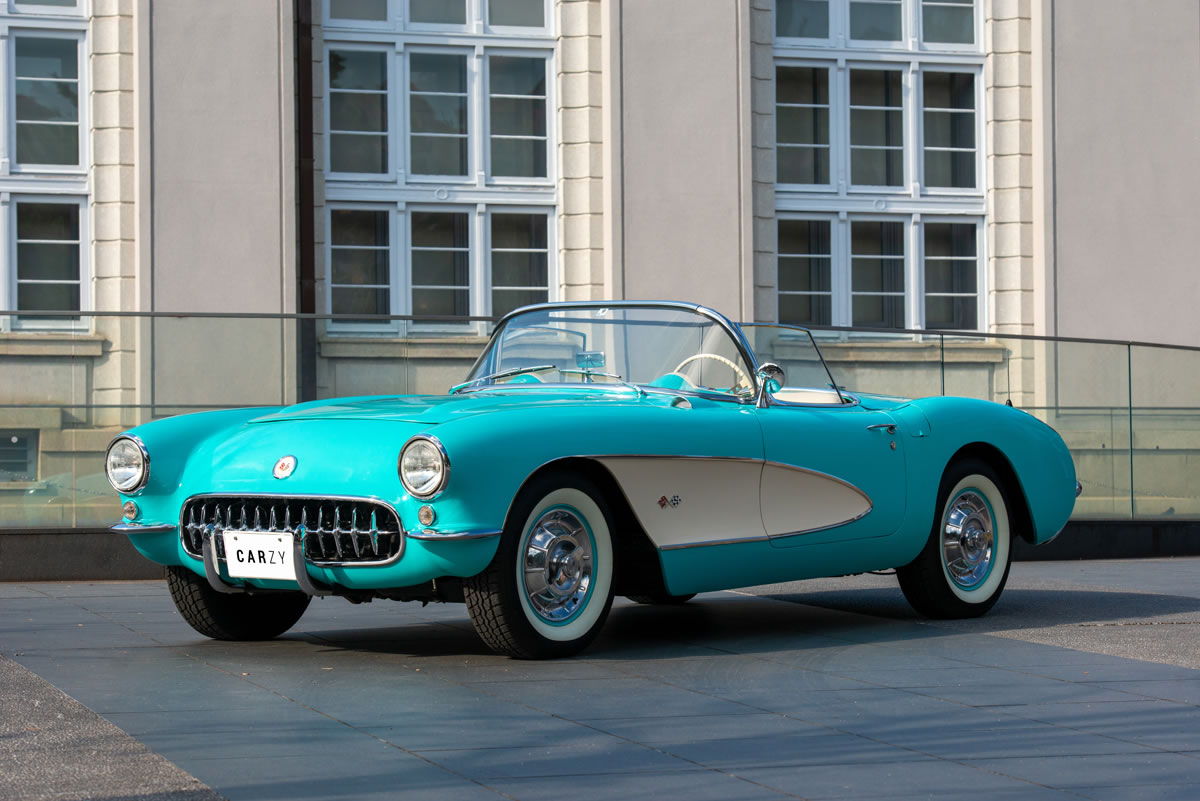
It created a sense of immersion for the vehicle’s occupants, especially the driver, with easy visibility and access to the Corvette’s critical controls.
Bodyside Cove
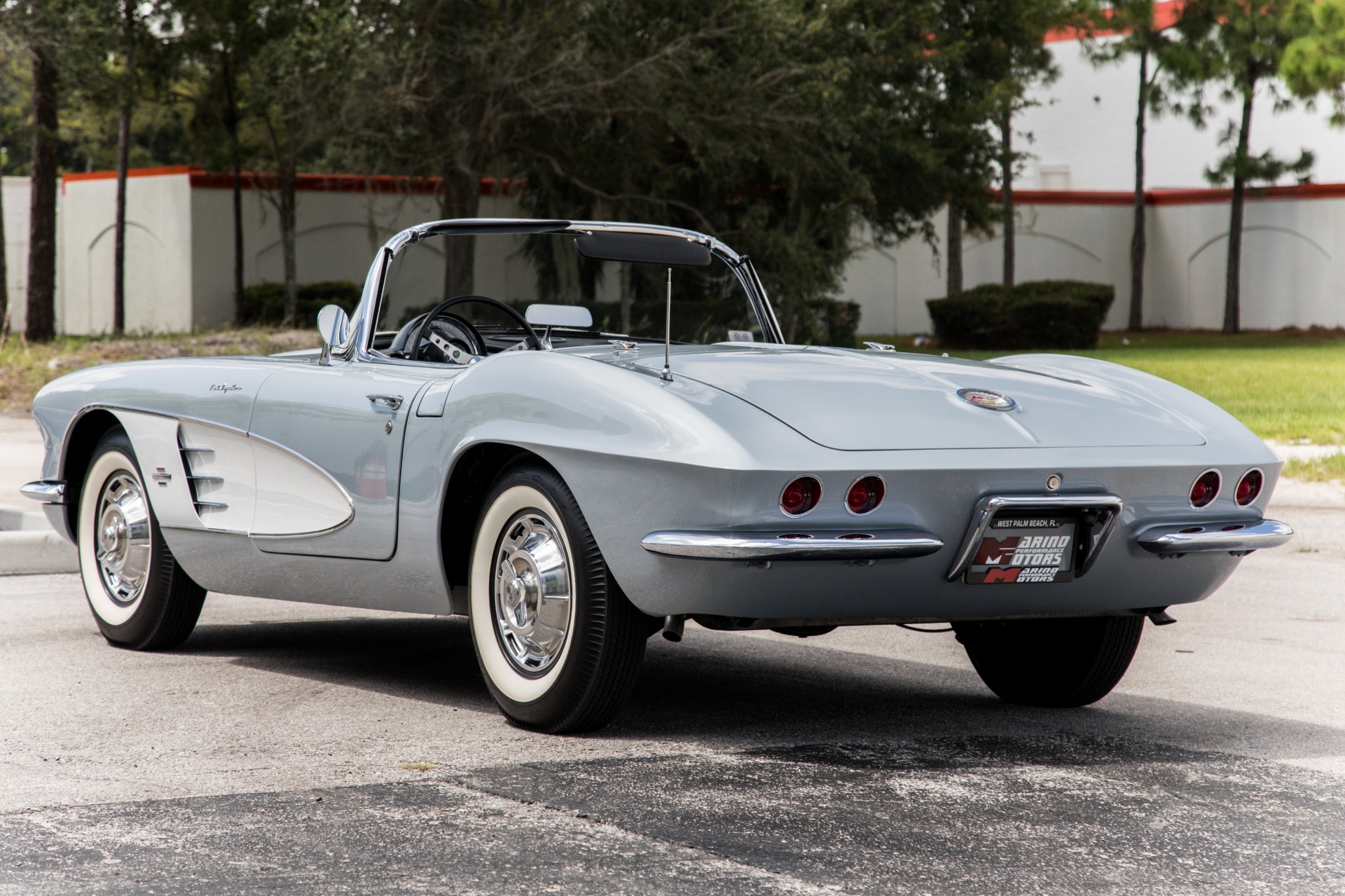
It was in 1956, following a redesign of the C1 Corvette, that the side coves became an integral part of the Corvette design. The coves were sculpted into the car’s bodywork as a concave indentation behind the front wheels. This feature enhanced the overall design appeal of the Corvette, breaking up the long, blocky look of the original fibreglass-bodied Corvettes (1953 – 55). The coves were outlined in chrome and were often painted a different colour than the rest of the car.
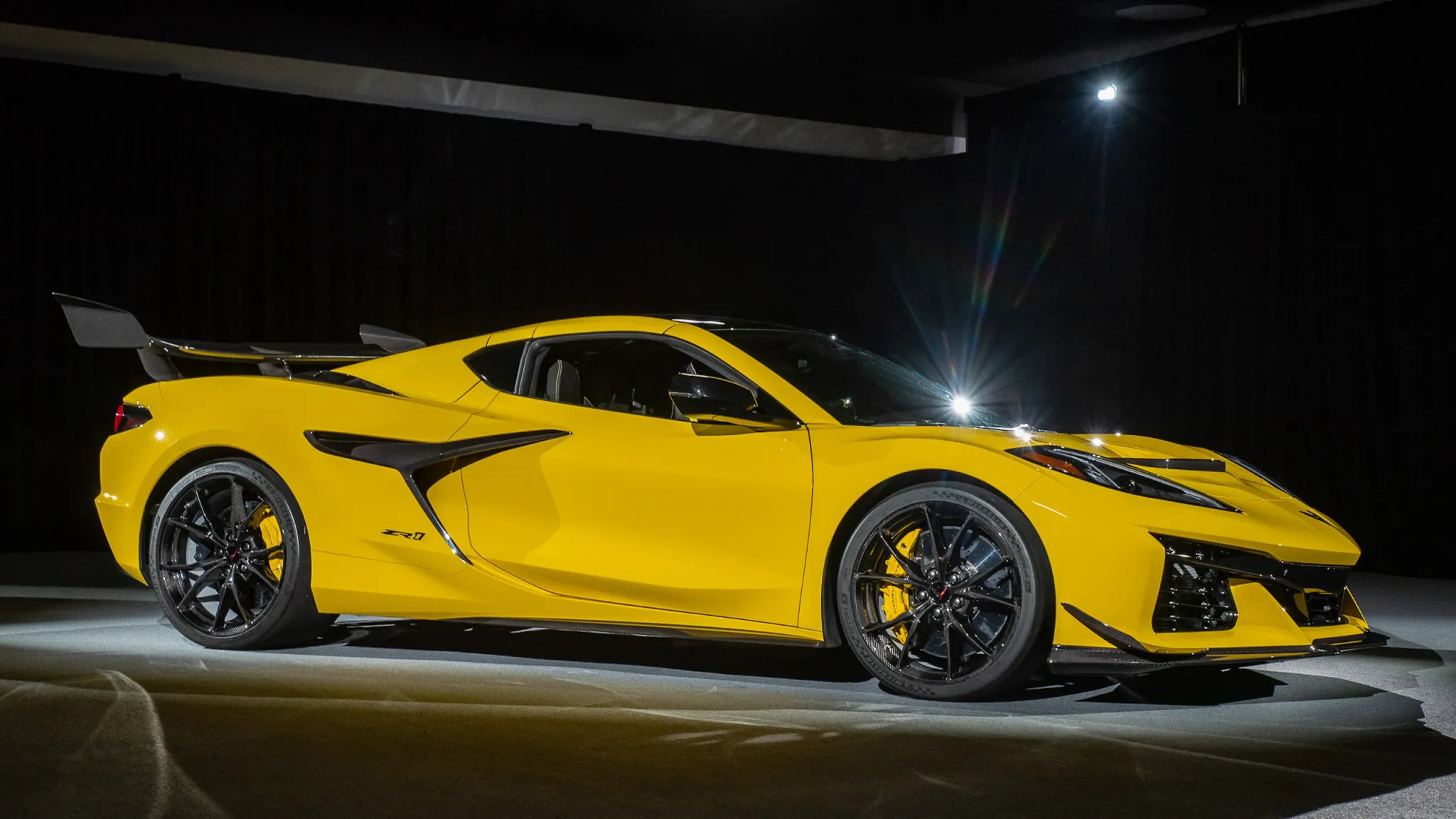
The cove has evolved over the years, becoming increasingly functional rather than serving only purely aesthetic purposes. For example, on the new Corvette ZR1, they mainly serve as air extractors along the sides of the car.
The Waterfall Effect
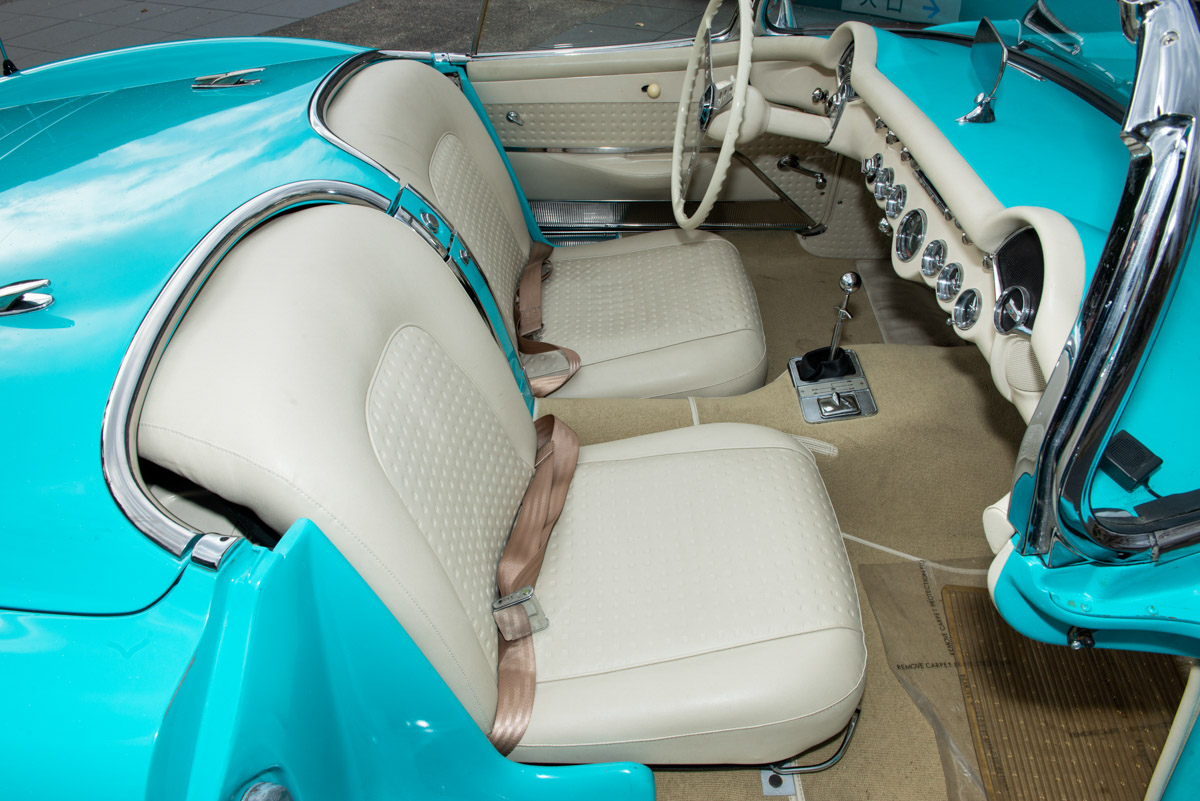
The Waterfall is a Corvette Convertible styling element that has been around since the C1 and houses the XM tuner module in the current models. The Waterfall effect describes the way in which a part of the exterior bodywork ‘flows’ into the passenger compartment, between the seat backs. It is a signature cue that has formed a key part of the Corvette design language – present even in the current generation models.
Proportion
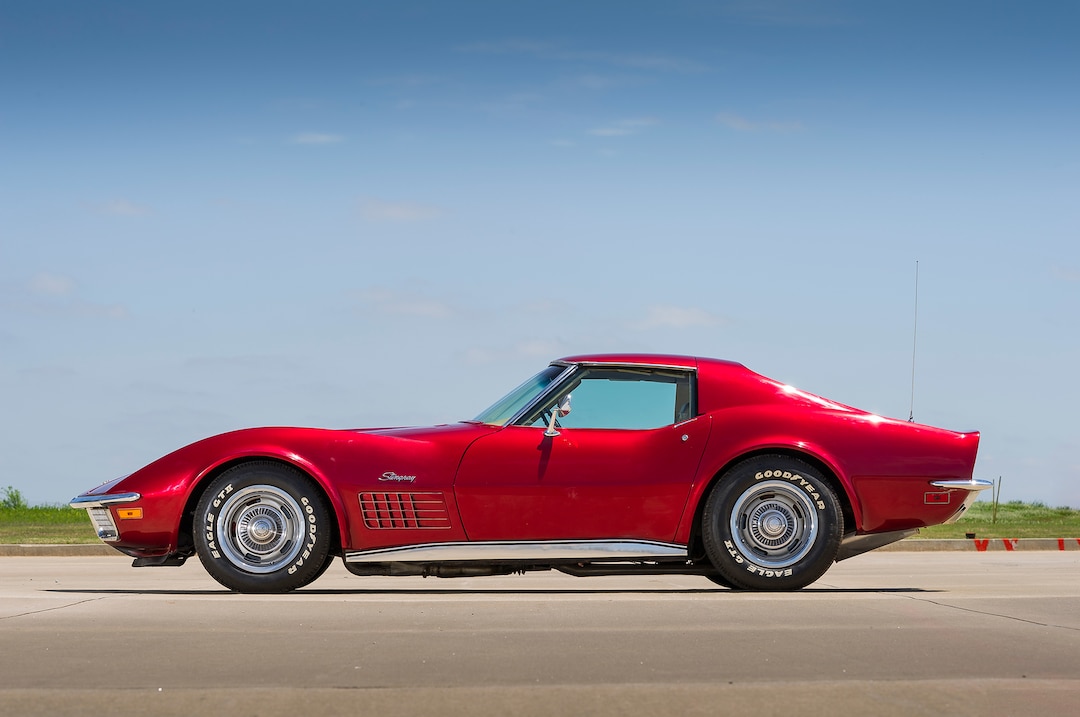
Every Corvette is deliberately designed to follow a particular theme with regard to its proportions. There’s the long ‘dash-to-axle’ portion. That’s essentially the distance between the leading edge of the dash and the front axle.
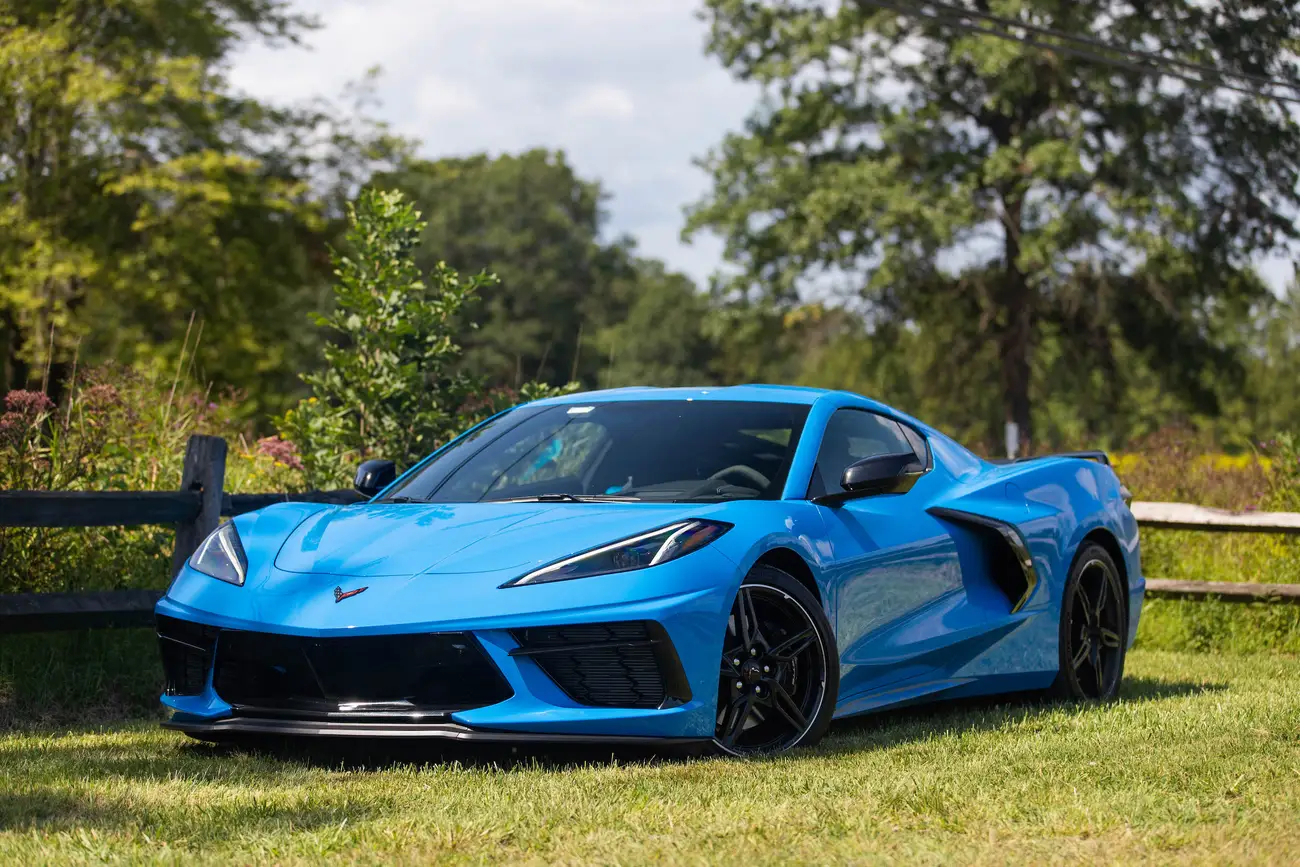
The Corvette styling is also characterized by a short tail or rear end and a small greenhouse, the part of the car above the fender that comprises mostly the glass bits. It helps enhance the low-slung profile of the Corvette, giving it an aggressive stance even when standing still.
Tail lights
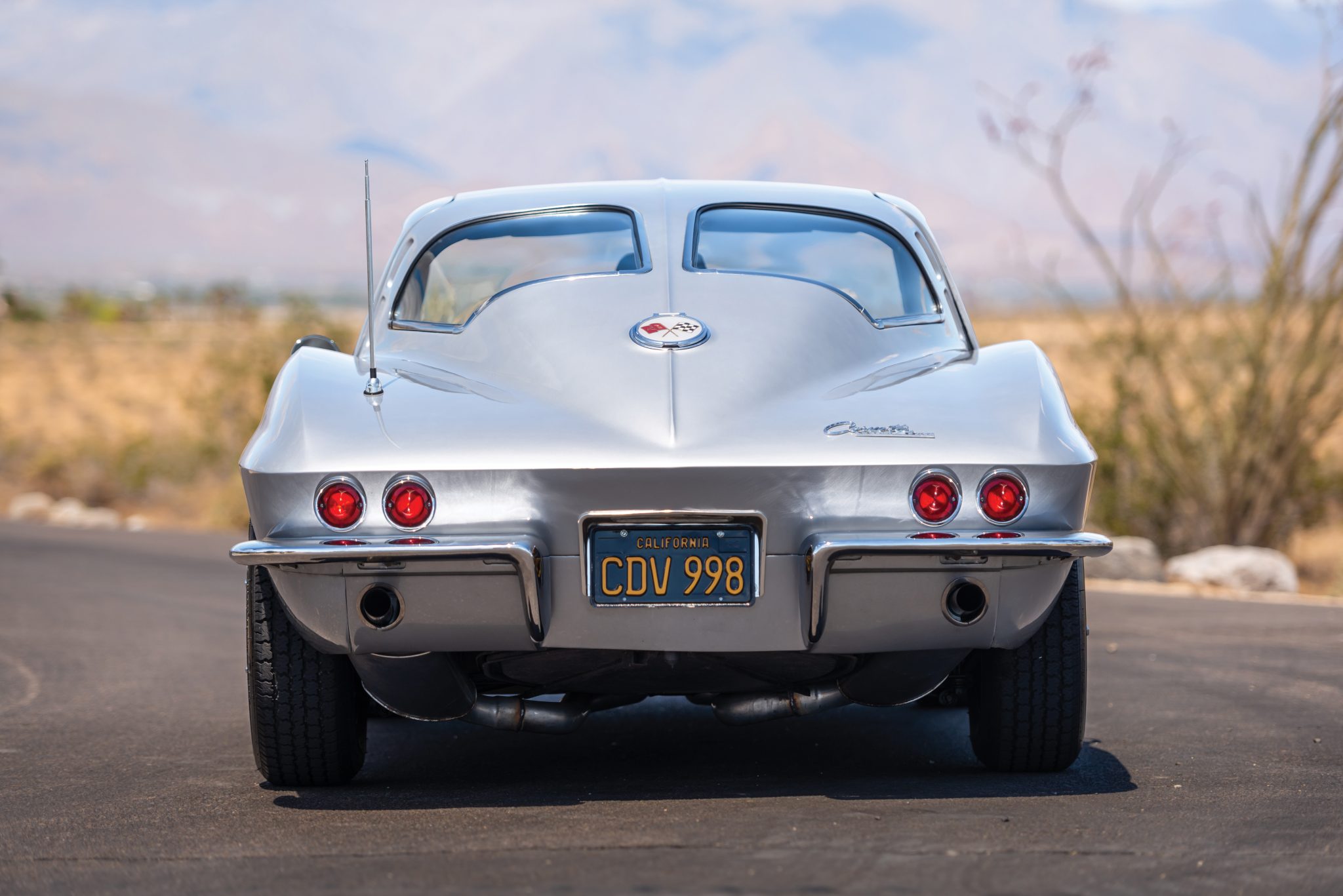
Chevrolet adopted the round tail lights for the 1961 model year (when the Corvette was in its second generation). That feature remained a part of Corvette design for over 50 years, becoming an integral part of the car’s exterior appearance. More than a few people were upset when Chevrolet eventually ditched the styling of the headlights, opting for an edgier look with a three-dimensional design.
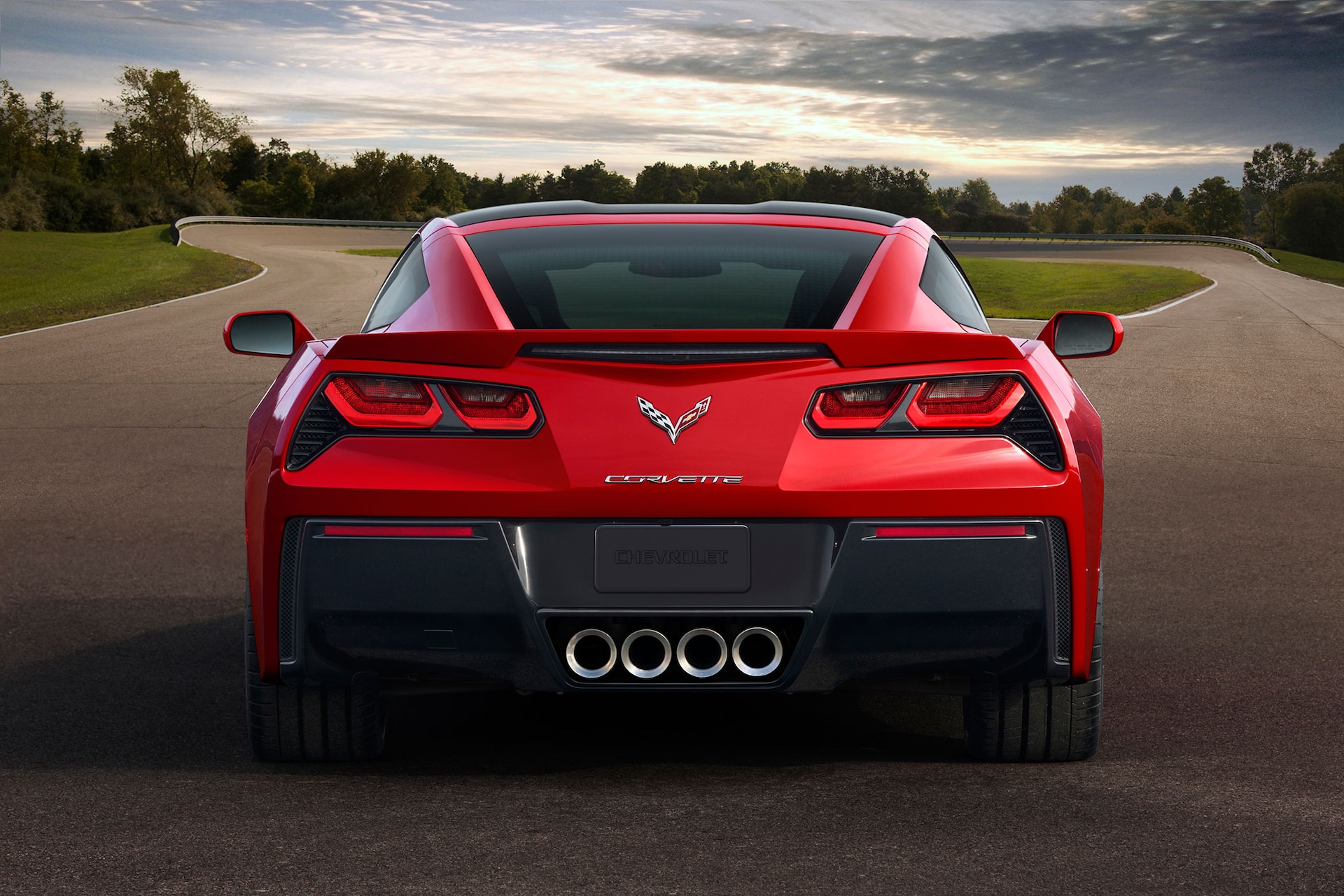
In a video made for Autoweek, then-GM Design Chief Tom Peters explained that the carmaker needed to adopt a more modern approach to designing the rear lights, taking advantage of available technology to develop a product that blended well with the car’s new profile.
Engine Placement
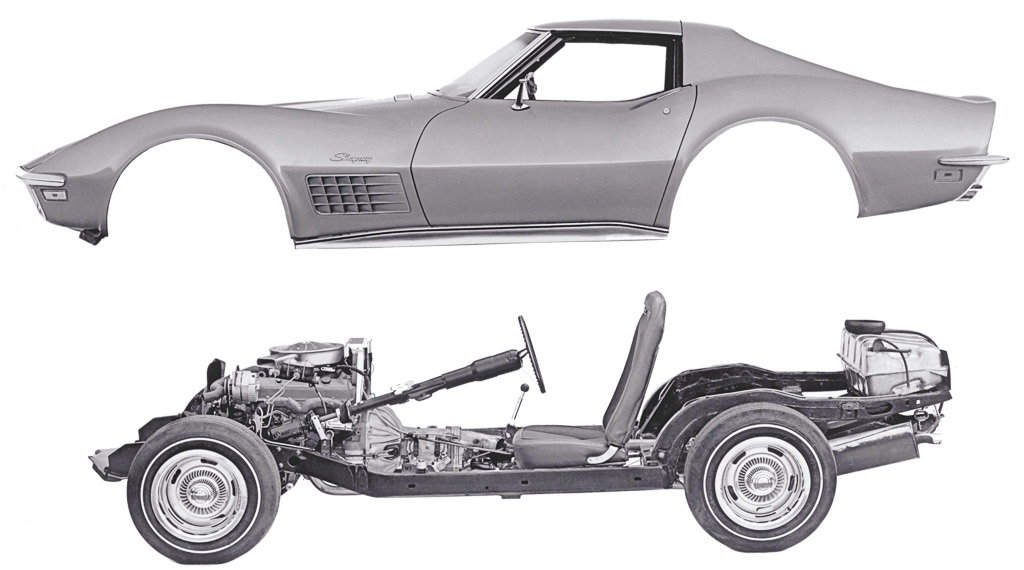
Though the Corvette’s front engine placement (from the C1 to the C7 generation) has mechanical undertones, it was still a design decision that was a defining characteristic of the iconic sports car for decades. The front-engine placement provided a balance of weight distribution and engine accessibility. It also allowed for a comfortable and spacious interior, which was crucial for the Corvette’s appeal as a daily driver.
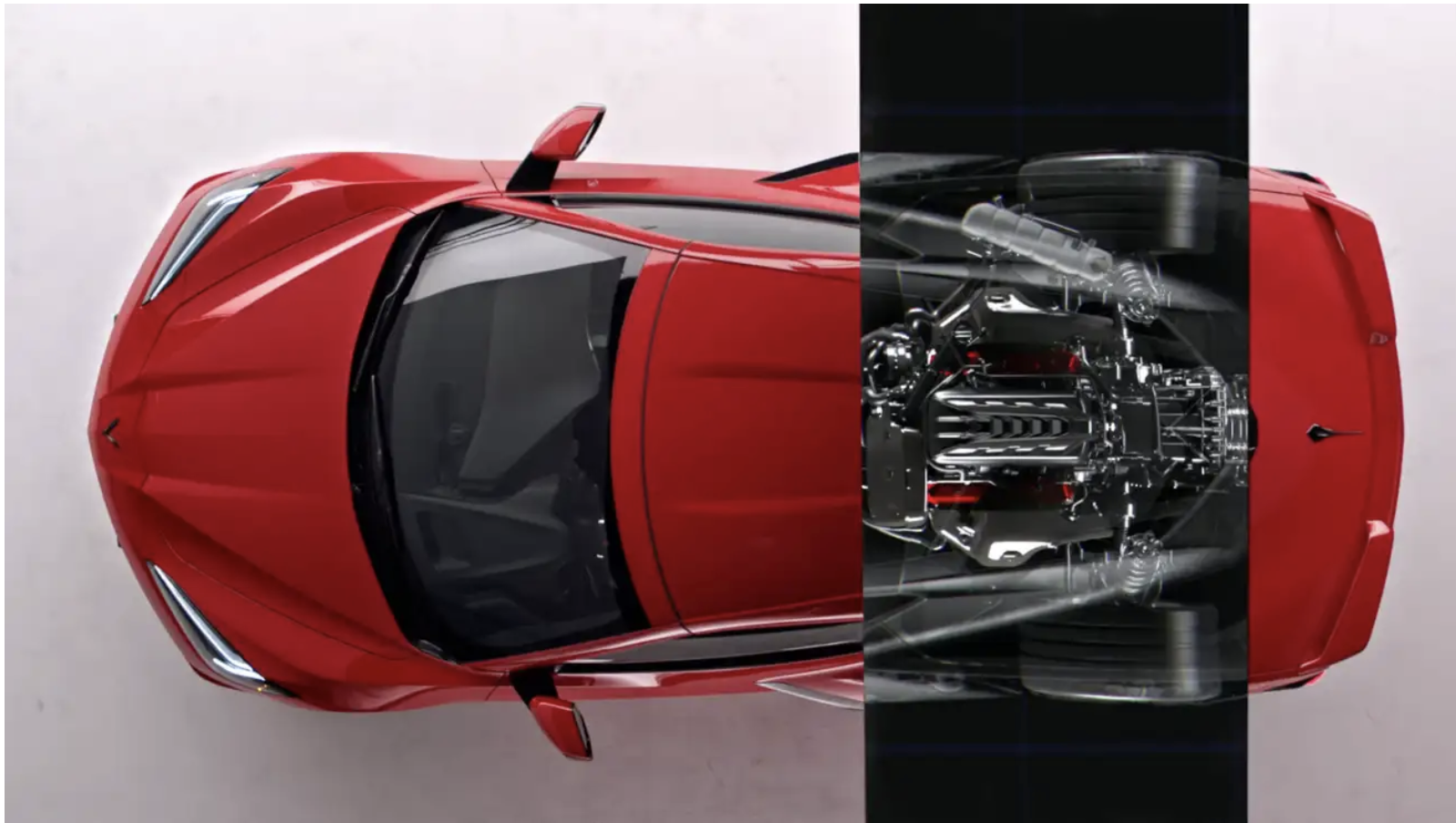
However, after adopting the front-engine formula for so long, it quickly became clear sometime during the development of the C6 Corvette ZR1, that a change was needed as Chevrolet sought more performance for its sports car. The seeds were sown, but it was not until the C8 Corvette that Chevrolet implemented the daring decision to switch to a mid-engine layout. The move paid off as the Corvette is a much more capable supercar, boasting more power and performance than ever. However, the front-engine layout will always remain an integral part of Corvette design history.


